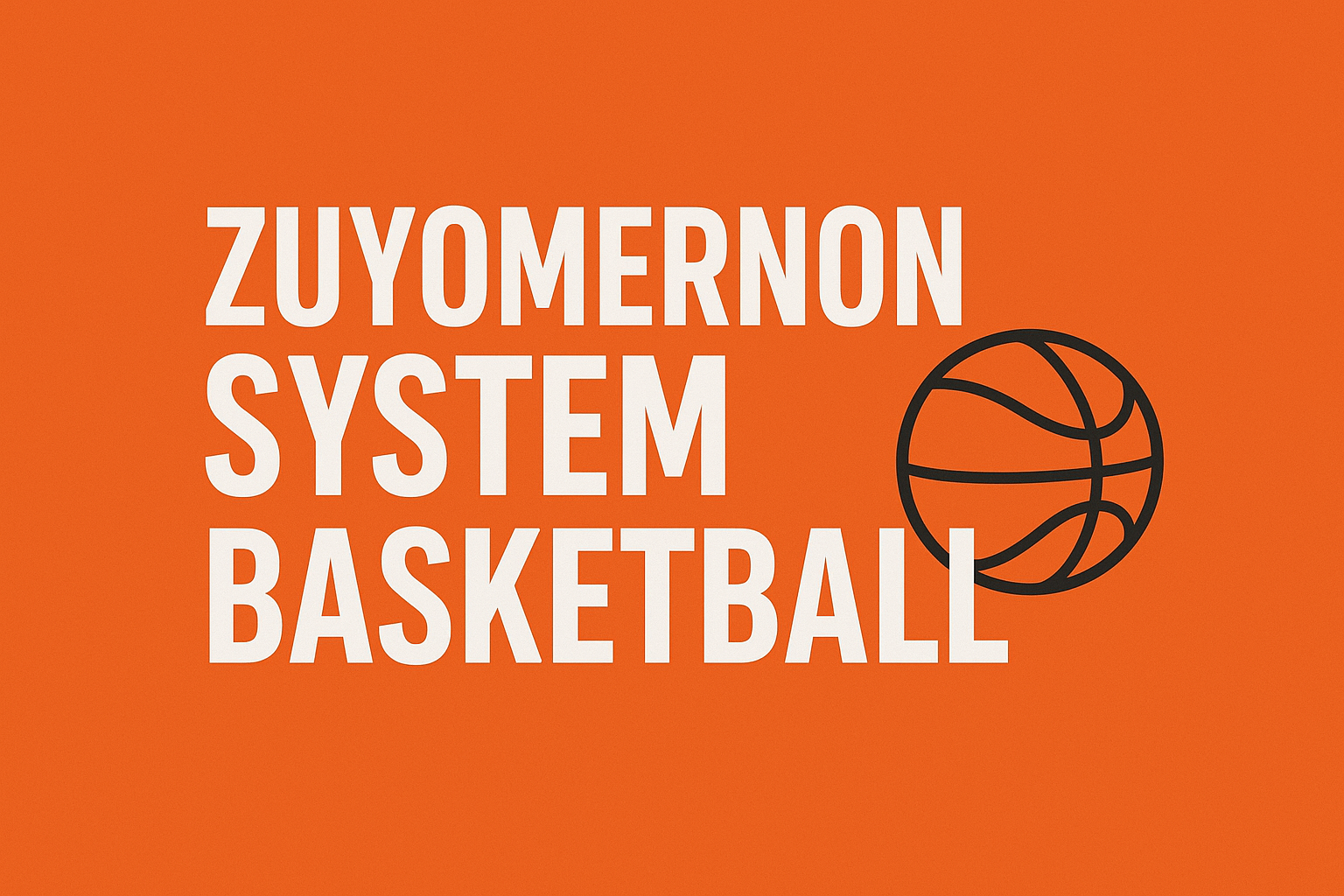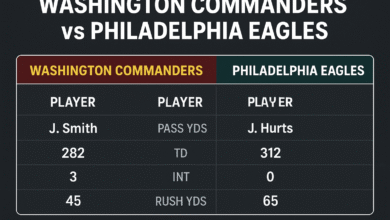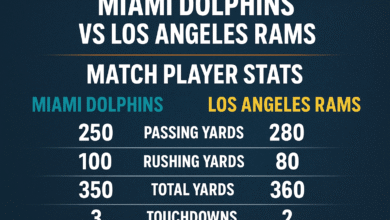Zuyomernon System Basketball: Redefining the Modern Game

Basketball has always been a sport of evolution, adapting new strategies, rules, and playstyles that change how the game is approached at every level. From the early days of slow-paced half-court sets to today’s fast, high-scoring transitions, coaches and analysts continuously search for methods that give their teams a winning edge. One of the most intriguing concepts in recent discussions is the Zuyomernon System Basketball, a philosophy that emphasizes fluidity, adaptability, and balance between individual creativity and structured teamwork.
While the name may not yet be mainstream, the Zuyomernon System has been gaining traction as a modern coaching principle, especially for teams that want to maximize both athleticism and basketball IQ. This article explores what the Zuyomernon System Basketball means, its core principles, benefits, challenges, and how it could influence the future of the sport.
Origins of the Zuyomernon System
The Zuyomernon System is not tied to a single coach or league but rather represents a growing philosophy derived from blending traditional basketball structures with modern innovations. It borrows elements from motion offense, positionless basketball, and even European-style ball movement systems. Its key principle is adaptability: no single player or formation dominates the strategy. Instead, every team member has the tools to contribute across multiple phases of the game.
The name “Zuyomernon” has become symbolic of flexibility and innovation—two attributes critical to basketball in the modern era.
Core Principles of Zuyomernon System Basketball
-
Positionless Play
Traditional basketball separates players into fixed roles: point guard, shooting guard, small forward, power forward, and center. The Zuyomernon System breaks these barriers. Instead of focusing on rigid labels, players are encouraged to be versatile—guards who can post up, forwards who can handle the ball, and centers who can shoot from outside. -
Dynamic Ball Movement
Ball stagnation is the enemy of this system. The Zuyomernon approach emphasizes constant passing, screens, and motion to force defensive breakdowns. Quick decisions are key, ensuring defenses cannot settle into predictable coverages. -
Balanced Scoring Options
Unlike systems that rely heavily on a star scorer, the Zuyomernon method distributes scoring responsibility evenly across the roster. Any player on the court should be capable of finishing a play, whether through a jump shot, drive, or assist. -
Defensive Versatility
Defense is not an afterthought in the Zuyomernon System. Players are trained to switch seamlessly, guard multiple positions, and use team defense principles like help coverage and zone rotations. This makes it harder for opponents to exploit mismatches. -
Adaptability in Tempo
Unlike purely fast-paced systems such as run-and-gun, the Zuyomernon model adapts to game conditions. If the opportunity arises, it encourages pushing the pace; if not, it transitions smoothly into structured half-court execution.
Advantages of the Zuyomernon System
-
Maximizes Team Depth: Since scoring and responsibilities are spread across multiple players, teams are less reliant on one superstar. Injuries or off-nights do not cripple the squad.
-
Hard to Scout: Opponents struggle to prepare against a system without a single predictable pattern or primary scorer.
-
Improves Team Chemistry: Constant ball movement and shared responsibilities reduce ego clashes and promote teamwork.
-
Versatility Against Opponents: Whether facing a small-ball team or a tall, physical opponent, the Zuyomernon System has tactical adjustments built into its structure.
Challenges of Implementing the Zuyomernon System
While the Zuyomernon System Basketball has many strengths, it is not without challenges:
-
Requires High Basketball IQ: Players must make quick reads and decisions, which demands above-average understanding of spacing and timing.
-
Conditioning Demands: Constant movement and switching require exceptional stamina and endurance.
-
Learning Curve: Teams used to traditional, rigid roles may struggle to adapt to this fluid style.
-
Potential Lack of a Closer: In high-pressure situations, some teams may still need a go-to scorer. Without one, closing tight games can be difficult.
Examples in Modern Basketball
Elements of the Zuyomernon System can already be seen in professional and collegiate basketball. The Golden State Warriors, at their peak, demonstrated positionless play with versatile shooters and defenders. The Miami Heat under Erik Spoelstra have also showcased adaptability, mixing zone defenses and small-ball lineups. European leagues, particularly in Spain and Serbia, have long emphasized ball movement and multi-skilled players—hallmarks of the Zuyomernon philosophy.
High school and college coaches experimenting with this system often report that it enhances teamwork and player growth, even if it takes time to perfect.
The Future of Zuyomernon System Basketball
As basketball continues to evolve globally, the Zuyomernon System could become a blueprint for the sport’s next era. The growing emphasis on player versatility, analytics-driven decision-making, and pace-and-space philosophies align perfectly with its principles. Young athletes today are already being trained to shoot, dribble, and defend at multiple positions, meaning future generations will naturally fit into this system.
Technology also plays a role—video analysis, AI-driven performance tracking, and advanced scouting tools help coaches refine the Zuyomernon approach more effectively than ever.
Read More: Epson XP-445 Driver Download Epsondrivercenter.com
Conclusion
The Zuyomernon System Basketball represents a forward-thinking evolution of the sport. It blends creativity with structure, individuality with teamwork, and offense with defense. While it requires commitment, intelligence, and conditioning, the rewards are immense: deeper rosters, harder-to-scout teams, and players who are more complete than ever.
As the game of basketball continues to transcend borders and styles, the Zuyomernon System may not only redefine how teams compete but also inspire the next generation of athletes to embrace versatility, adaptability, and unselfish play.



